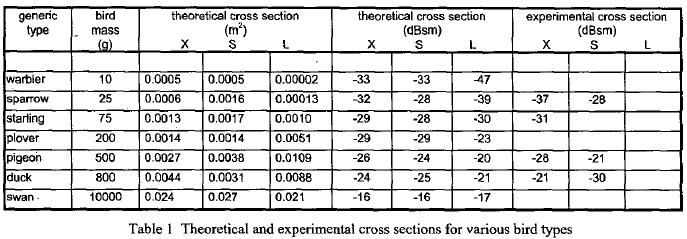I didn't want you guys to miss this, so I'm linking this here.
http://www.sinodefenceforum.com/wor...-military-news-thread-33-5867.html#post321250
A sparrow's RCS is 0.0006m2.
Point being, the IAF thinks FGFA is further ahead compared to Rafale. And official Russian sources like Pogosyan and Davidenko said the PAKFA's RCS requirements are similar to the F-22's.
Now we have an idea on why the RNAF put the F-35 and Rafale at the same level.
I don't know how it can get more official than this. We are talking about the VP of Dassault, chief of IAF, the chief of UAC and the chief designer of the PAKFA, along with the RNAF. And this also answers why the IAF decided to choose the more risky, and more "expensive," FGFA over the F-35. The FGFA is simply more stealthy and more capable. And joint development was only a part of the reason why IAF picked the FGFA.
You've raised multiple times the Dutch evaluation of the Rafale and the JSF and how they scored very closely to each other. It is my belief that you are taking this evaluation out of context for your proposition.
What has been published by the Dutch ministery of Defence in 2008 (which is not much, a lot of information is confidential) is that the Rafale scores almost the same as the JSF IF the Stealth characteristics of the JSF were ignored. When Stealth characteristics were taken into account, the JSF had the best operational capabilities. Important to note is that the scores of the Rafale were based on a upgraded version of the Rafale F3 standard. This Rafale F3 UPGRADED version would have new upgraded radar and engines and would have been developed if The Netherlands would have chosen the Rafale. The evaluation of the JSF was based on the minimum standards that had to be met that was set out by the Pentagon.
This means your claim in post #75 of this thread:
The same for the Dutch evaluation. The only difference is while the Rafale was actually tested in Netherlands, the F-35 evaluation was paper based.
is False. The Rafale "F3 UPGRADED" version was not even developed in 2008 during the Dutch evaluations and so it was also a "paper airplane" like the JSF.
What is also published is that Rafale, Eurofighter and the Gripen could only meet the lower end performance of the JSF IF the Eurocanards were further developed to their "ultimate" version (F3/ Trance 3) AND the JSF would be stuck below the block 4 version. When the JSF reaches the block 4 version and beyond, it'd outperform all Eurocanards in all the six evaluated missions: offensive counter air, defensive counter air, close air support, air interdiction, non-traditional intelligence/surveilleance/reconnaisance, supression and destruction of enemy air defence.
Therefore, you cannot use the Dutch evaluation of the Rafale and the JSF and claim:
1) they are closely matched without specifying the conditions and versions.
2) the Rafale and the JSF were evaluated as closely matched so their stealth performance should be the same.
3) the Rafale and the JSF were evaluated as closely matched so the PAK FA should have better stealth performance.
Based on the Dutch evaluation you can only claim:
1) The JSF is the best out of all fighters available to the Dutch based on the criteria set out in the evaluation which included, but not limted to: the mission effectiveness of the six earlier mentioned missions, (lifetime)costs, development risks and other (smaller) factors like could it fit into our hangars.
2) Other fighters that were evaluated can only match the JSFs (lower-end) performance under very specific conditions.
3) The Stealth characteristics of the JSF is a big advantage of the JSF compared to non-stealthy competitors.

